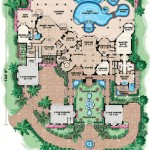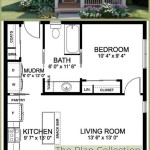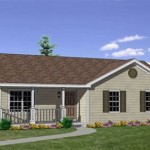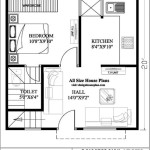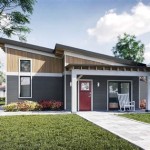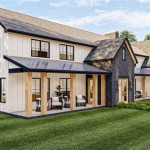Mid Century Modern Floor Plan: A Timeless Aesthetic
The mid century modern era, spanning from the 1930s to the 1960s, witnessed a significant shift in architectural design, characterized by a fusion of functionality, minimalism, and aesthetic appeal. Mid century modern floor plans, with their open layouts, large windows, and seamless indoor-outdoor connections, remain highly sought-after for their timeless style and livability.
Key Characteristics of Mid Century Modern Floor Plans
Open and Flowing Spaces: Mid century modern floor plans emphasize open and interconnected living areas, creating a sense of spaciousness and fluidity. Walls are often minimized or replaced with glass panels to maximize natural light and create seamless transitions between different spaces.
Large Windows: Floor-to-ceiling windows and expansive glass walls are ubiquitous in mid century modern architecture. These expansive windows not only flood the interior with natural light but also blur the lines between the indoors and outdoors, bringing the surrounding landscape into the living spaces.
Integration of Indoor and Outdoor Spaces: Mid century modern houses often feature indoor-outdoor living areas, such as patios, decks, or courtyards, that extend the living space beyond the confines of the house. This seamless connection to the outdoors enhances the feeling of openness and encourages a closer relationship with the surrounding environment.
Functionalism and Simplicity: Mid century modern floor plans are grounded in the principles of functionalism and simplicity. Spaces are designed to serve specific functions efficiently, with minimal ornamentation or clutter. Clean lines, geometric shapes, and uncluttered surfaces create a sleek and understated aesthetic.
Benefits of Mid Century Modern Floor Plans
Improved Natural Lighting: Large windows and open floor plans allow for an abundance of natural light to penetrate the living spaces, creating a bright and airy atmosphere. This natural illumination not only reduces energy consumption for lighting but also promotes well-being and vitality.
Enhanced Spatial Flow: Open layouts and interconnected spaces foster a sense of spaciousness and ease of movement throughout the house. This fluidity makes it easy to navigate and create an inviting environment for both daily living and entertaining.
Connection to Nature: The integration of indoor and outdoor spaces brings the natural surroundings into the living environment. This connection to nature can promote relaxation, reduce stress, and enhance overall quality of life.
Conclusion
Mid century modern floor plans continue to inspire and delight homeowners who appreciate their timeless aesthetic, functionalism, and connection to the outdoors. By embracing the key characteristics of open and flowing spaces, large windows, indoor-outdoor living, and functional simplicity, modern architects and homeowners can create living environments that are both stylish and livable.
Whether you are renovating an existing mid century modern home or designing a new construction inspired by this iconic style, understanding the principles of these floor plans will help you create a space that is both beautiful and functional. The mid century modern floor plan remains a testament to the enduring power of good design and its ability to create living spaces that are both aesthetically pleasing and highly functional.

Designing A Mid Century Modern Home Part Ii Wildfire Interiors

Build A House With These Mid Century Modern Floor Plans Blog Eplans Com

Build A House With These Mid Century Modern Floor Plans Blog Eplans Com

Mid Century Modern House Floorplan P2403 Plans Vintage

Untitled Modern Floor Plans Mid Century House

Mid Century Modern House Plans Houseplans Blog Com

Best Mid Century Modern Floor Plans And Designs Bybespoek

Mid Century Modern House Plan No 5305 1954 National Service Retro Ame Plans Craftsman Style Floor

Mid Century Modern House Plans Created By The Architects

Build A House With These Mid Century Modern Floor Plans Blog Eplans Com


